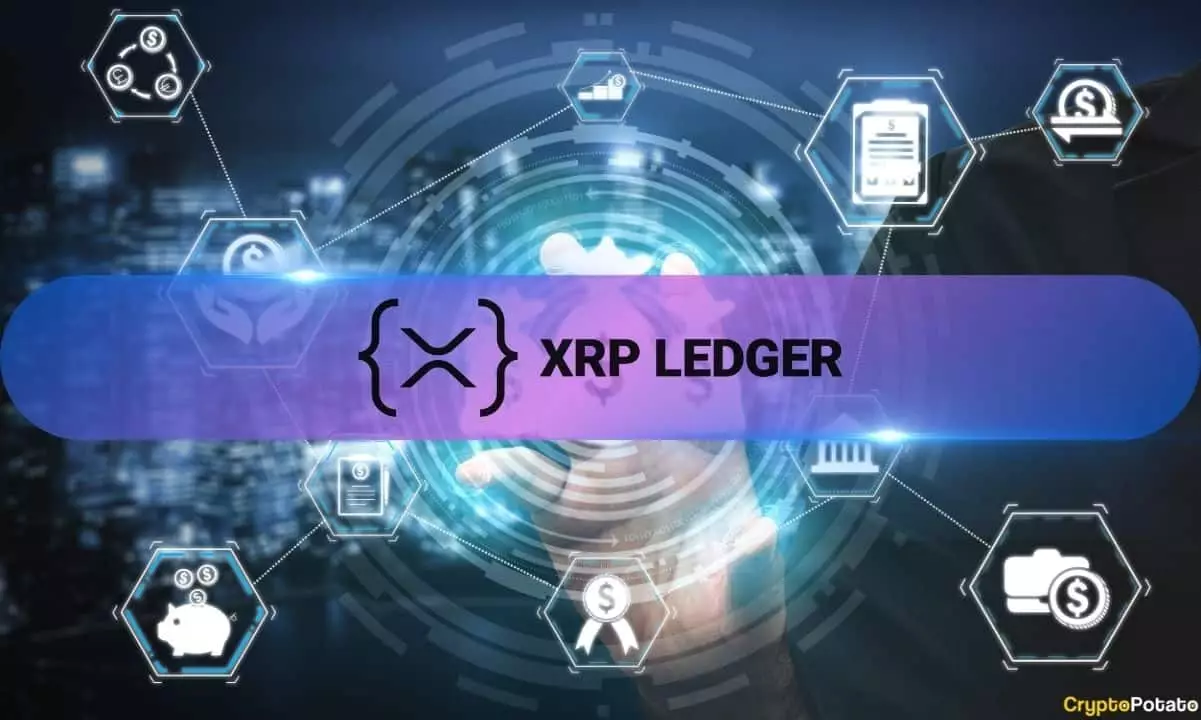On February 4, the XRP Ledger (XRPL) encountered a one-hour outage that disrupted the normal functioning of the network at block height 93927173. This disruption was significant enough to halt block production, raising questions among users and stakeholders regarding the network’s stability. David Schwartz, the Chief Technology Officer of Ripple, described the incident as perplexing, stating that the exact cause of the outage remains unknown. Despite the gravity of the situation, the network managed to recover autonomously, demonstrating a level of resilience that many deemed impressive.
One of the critical components in XRPL’s architecture is the Unique Node List (UNL), which functions as a directory of trusted validators essential for maintaining network integrity and ensuring that transactions are finalized correctly. Schwartz noted that during the outage, while consensus mechanisms were still operational, the lack of published validations led to a disconnection within the network. However, it appears that very few UNL operators made adjustments during this time, suggesting that the network’s eventual recovery might have occurred spontaneously.
When validation resumed from various sources after the outage, it enabled participating servers to coordinate and create a reliable ledger stream. This remarkable resilience exhibited by the network signifies the importance of its design, allowing it to recover from technical difficulties without the need for extensive intervention.
The outage coincided with pivotal changes within the XRPL, notably the reduction of the base reserve requirement from 10 XRP to 1 XRP, alongside modifications in the validator structure, which diminished Ripple’s control. These adjustments reflect an ongoing effort to decentralize the network, encouraging broader community engagement while assuaging tumultuous sentiments surrounding centralization and its implications for security and governance.
The timing of this incident was particularly unfortunate for Ripple, as it adversely affected the price of XRP, which plummeted by 10%, settling at $2.45. This decline follows a vigorous rally that saw XRP’s value surge by nearly 400% over the past year, indicative of a larger resurgence in the cryptocurrency market. Factors such as changes in political leadership in the U.S. have also raised hopes for a more favorable environment for crypto enterprises. Nevertheless, XRP’s recent price fluctuations reflect the delicate balance of confidence in the technology and its underlying market forces.
As Ripple continues to adapt, the implications of this outage and similar incidents could resonate throughout the wider cryptocurrency ecosystem. Stakeholders will be keenly observing not only the technical responses to such crises but the broader regulatory and public sentiment towards assets like XRP. The capacity for self-recovery demonstrated by the XRPL is commendable; however, continued vigilance is essential for maintaining trust in the network’s efficacy and sustainability amidst evolving market conditions.
The recent outage serves as a timely reminder of the vulnerabilities present even in established networks such as XRPL. Ripple must leverage its technological expertise to reinforce stability while navigating the unpredictable landscape of cryptocurrency trading and regulation.


Leave a Reply